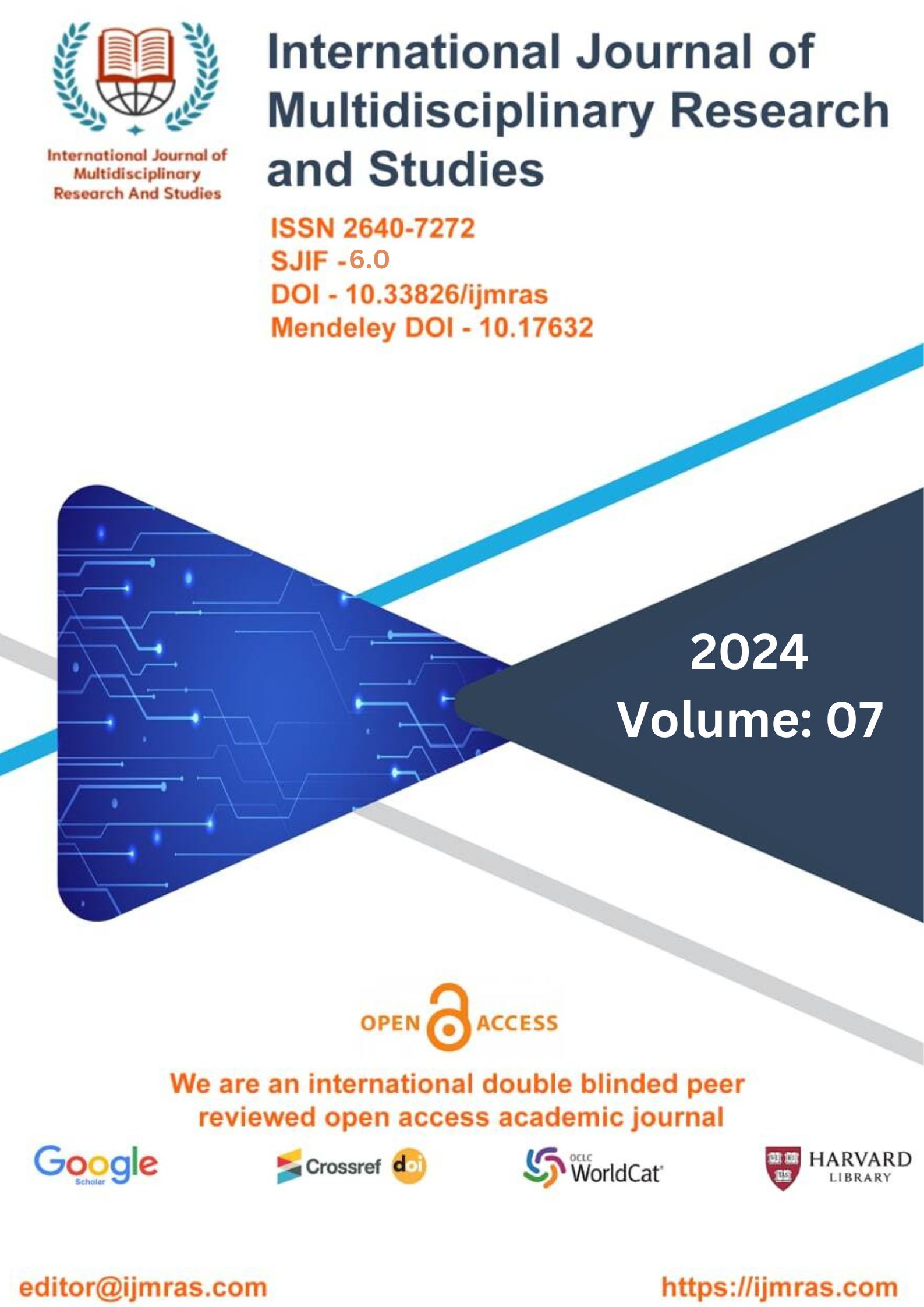A comprehensive assessment of the minimization of differences in Chinese and English factors impacting the general positive translation quality and its relation to the language's cultural sensitivity

Abstract
Translation is essential to effective intercultural communication because it enables meaning to be communicated across a variety of languages and cultural contexts. People of various countries and speaking different languages are unable to successfully interact with one another, which might have devastating consequences for both parties. The process of translating has an effect on people's day-to-day lives as well as the manner in which people connect with one another around the world. Those who have an interest in this field ought to take note of the findings of this study. This research not only enlightens those individuals who are not familiar with translation but also captures their interest. This material might be useful for educators as well as businesses that have an interest in enhancing the education and capabilities of professional translators. It is hoped that this campaign would increase awareness about the responsibility of the translator to offer correct translations and the ways in which they could perform this obligation more effectively in the future.
Keywords
Intercultural Communication, Professional Translators, TranslatorsHow to Cite
References
Aiken, M., Ghosh, K., Wee, J., &Vanjani, M. (2009). An evaluation of the accuracy of online translation systems. Communications of the IIMA,9(4), 67.
Aiken, M., Mahesh B.V., and Zachary, W. (2006). Measuring the accuracy of Spanish-to-English translations. Issues in Information Systems7(2): 125-128.
Alcina,A.(2008).Translationtechnologiesscope,toolsandresources.Target,20(1),79-102.
Alwazna, R. Y. (2014). Ethical aspects of translation: striking a balance between following translation ethics and producing a TT for serving a specific purpose. English LinguisticsResearch,3(1), 51.
Arnold,D.(1994).Machinetranslation:anintroductoryguide.London:BlackwellPub.
Bellos,D.(2011).Isthatafishinyourear?Translationandthemeaningofeverything.London:PenguinBooks.
Berger,A.A.(2013).Mediaandcommunicationresearchmethods:Anintroductiontoqualitativeandquantitativeapproaches.SAGEPublications,Incorporated.
Biel, Ł. (2011). Training translators or translation service providers? EN 15038:2006 standard of translation services and its training implications. Journal of Specialised Translation, 16,61-76.
Blenkinsopp,J.,& Shademan Pajouh,M.(2010). Lost intranslation? Culture, language and the role of the translator in international business. Critical Perspectives on InternationalBusiness,6(1), 38-52.
Brach, C., Fraser, I., and Paez, K.. (2005). Crossing the language chasm. Health Affairs 24(2):424-434.
Buden, B., Nowotny, S., Simon, S., Bery, A., & Cronin, M. (2009). Cultural translation: Anintroduction to the problem, and responses. Translation Studies, 2(2), 196-219. doi:10.1080/14781700902937730
Chandler,D.(1994). Semiotics for beginners.
Chen,M.K.(2012). The effect of language on economic behavior: Evidence from savings rates, behaviors, and retirement assets. American EconomicReview,103(2). doi:http://dx.doi.org/10.1257/aer.103.2.690.
Cui,Y.,& Zhao,Y. (2013). The use of second-person reference in advertisement translation with reference to translation between Chinese and English. International Journal of Society, Culture & Language. 26-36.
Darwish, A.(1989).The translation process: A view of the mind. Retrieved April 15,2016fromhttp://translocutions.com/translation/mindview.pdf
Dict.cnki.net (2016). Emotional coloring. Retrieved February 18, 2016, fromhttp://dict.cnki.net/dict_result.aspx?searchword=emotional%20coloring
Dolmaya,J.M.(2011).Moralambiguity:Someshortcomingsofprofessionalcodesofethicsfortranslators.TheJournalof Specialised Translation, 15, 28-49.
Drummer, A. (n.d.)Literature review: MT. MT for South African Languages. Retrieved August 28 , 2015, fromhttp://people.cs.uct.ac.za/~bsharwood/downloads.html
Du, X. (2012). A brief introduction of Skopos theory. Theory and Practice in Language Studies,2(10),2189-2193.
European Commission. (2012). Quantifying quality costs and the cost of poor quality intranslation. Belguim: European Union. doi:10.2782/44381
Fan, S. (1999). Highlights of translation studies in China since the mid-nineteenth century. Meta: Translators' Journal, 44(1), 27-43.
Fu, Y. (1898/1973). General remarks on translation. (C. Y. Hsu, Trans). Renditions, 1, 4-6.(Original work published in 1898).
Gao, Z., Yu, J., & Jong. M, (2014). Establishing technical communication as a professional discipline. Retrieved March 5, 2016, from http://www.tcworld.info/e-magazine/technical-communication/article/establishing-technical-communication-as-a-professional-discipline/
License
Copyright (c) 2024 JIANG CUI, DR. LUBNA ALI, DR. VELVIZHI

This work is licensed under a Creative Commons Attribution 4.0 International License.
Individual articles are published Open Access under the Creative Commons Licence: CC-BY 4.0.



